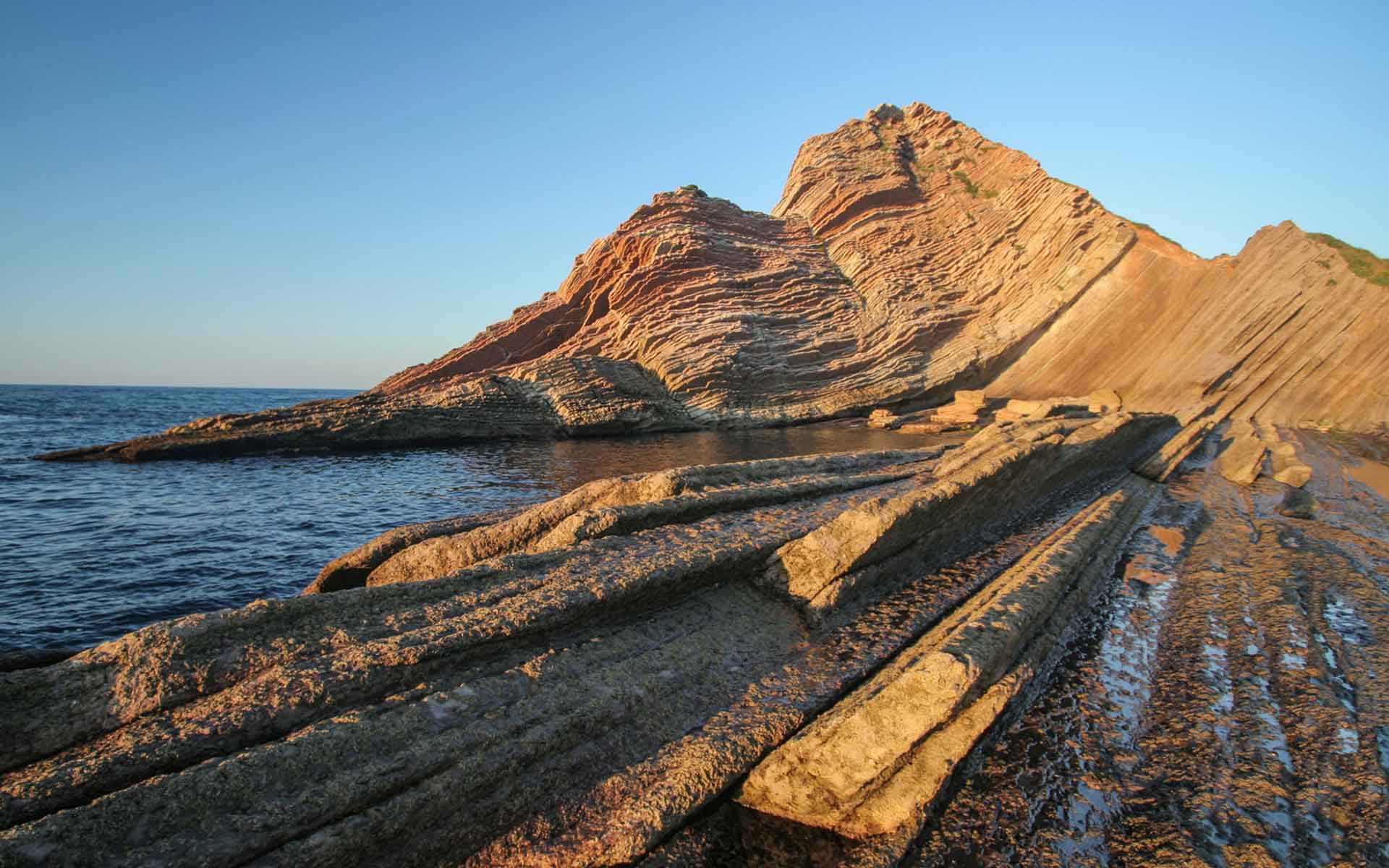The International Union of Geological Sciences (IUGS) is one of the world's largest scientific organisations, with 121 national members and affiliated associations representing more than one million geoscientists. The list of the top 100 geological hotspots represents the best of geoscience and collaborative work, because it is not possible to make such a list if behind the work there is not a very long, laborious and detailed process of keeping so many different partners from virtually every country in the world in the same boat. Therefore, the main and fundamental thing is that the geological community has agreed to launch a project that gives scientific recognition to iconic sites for their impact on the knowledge of the Earth and its history.
This IUGS recognition gives visibility to these sites. It identifies them as being of the highest scientific value. They are places that served to develop the science of geology, particularly its early history. They show the world's best demonstrations of geological features and processes, and are the sites of fabulous discoveries of the Earth and its history.
In this magnificent list of the first 100 places of geological interest in the world are three emblematic places in Spain: the flysch of Zumaia (Gipuzkoa), the mercury mines of Almadén (Ciudad Real) and the volcanic relief of La Palma (Santa Cruz de Tenerife).
From Zumaia to La Palma, via Almadén
According to experts, the Zumaia flysch is perhaps one of the most studied geological outcrops on the planet. The thousands of layers formed by marine sediments have been used to study the extinction of the dinosaurs or one of the greatest global warming events in the history of the Earth. Today it is part of the UNESCO Global Geopark of the Basque Coast and is surely the best written book of Earth's history or part of Earth's history ever. As the biologist Miguel Delibes once pointed out, the Zumaia flysch is a monument to the human capacity to think, because we have been able to turn layers of rock into the pages of a book that we can understand.
For their part, the Almadén mercury mines are the largest known mercury deposit on the planet. They constitute the largest accumulation of this element in the earth's crust, which gives it a high mineralogical value, as well as having the longest productive history, dating back to the 3rd century BC.
The Zumaia flysch is a monument to the human capacity to think, because we have been able to turn layers of rock into the pages of a book that we can understand
Finally, the eight-kilometre diameter crater of Caldera de Taburiente, on the island of La Palma, more than 2,000 metres deep, has been a determining factor in the history of volcanology since the 19th century.
A push for preservation
With this recognition by the IUGS, these three sites are on a par in the field of geological heritage with such emblematic places as the impressive Grand Canyon (USA), the Perito Moreno Glacier (Argentina), the Santorini Caldera (Greece) or Uluru (Australia). The full list is available on the new website of the IUGS International Geological Heritage Commission.
Many of these top 100 geological sites are well protected in national parks, geoparks and nature reserves, but not all of them. This recognition by the IUGS can therefore lead to their increased consideration, their use as educational resources and, most importantly, their preservation.
They are enclaves of special value. They are inspiring and extraordinary places that have contributed significantly to the development of Geosciences. They represent the memory of the Earth and are part of the natural heritage that we must value, manage and conserve with determination. Therefore, with the presentation of the first 100 we hope that the general public will pay attention to these geological sites, since over more than two centuries the Geological Sciences have allowed us to advance in the knowledge of the Earth's long history and to understand how our planet works.

